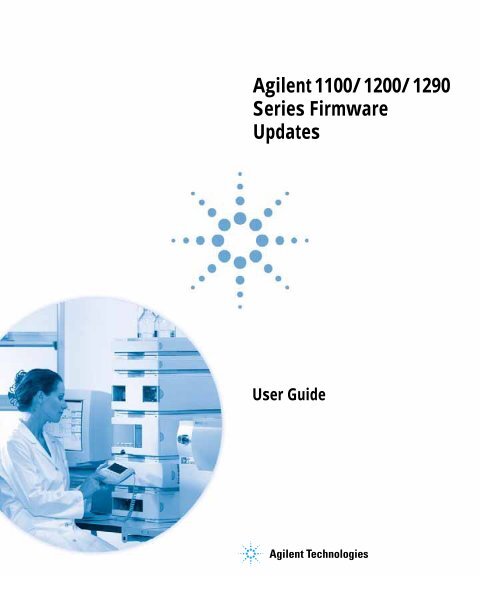


- #Agilent chemstation compatibility matrix serial number
- #Agilent chemstation compatibility matrix install
- #Agilent chemstation compatibility matrix software
- #Agilent chemstation compatibility matrix free
The existing sequence table is used to set up analyses, maintaining optimized sample overlap and constant heating time. Instrument control is integrated with drop-down menus for ease of method setup.Instrument control can be achieved using the GC ChemStation, MSD Productivity ChemStation and MSD Security ChemStation, or Cerity NDS for Pharmaceutical QA/QC.Includes several convenient testing and troubleshooting features, including a set of four pre-stored chemical test methods, a semi-automated leak test, and a detailed power-on self-test.A 'concentration mode' of MHE allows multiple extractions from a vial to be made, followed by the start of the GC run after the last extraction.Multi-puncture extraction with up to 100 extractions per vial is possible for the analysis of samples in unusual matrices.
#Agilent chemstation compatibility matrix software
Legendary Agilent reliability, familiar ChemStation software and the con'dence of a single-vendor solution all add to the value equationmaking the Agilent 7100 the clear choice for your lab’s next (or 'rst) CE or CE/MS.
#Agilent chemstation compatibility matrix install

Headspace sampling allows you to introduce volatile compounds automatically, from virtually any sample matrix, directly into a GC or GC/MS. Its high sample capacity and increased sensitivity provide excellent performance over a wide range of analyses. The extracted polyphenol quantities were within the 3.2-1,500 μg g −1 range, and the high antioxidant activity estimated suggested that developed MSPD is a successful, simple, efficient and rapid method for the extraction and recovery of bioactive phenolic compounds, which promotes the reuse and re-evaluation of brewing yeast agri-food by-products.The Agilent G1888 Network Headspace Sampler features an inert sample pathway for superior chemical performance without analyte degradation or loss. Polyphenol-nanoparticle interaction was studied by UV–vis spectroscopy and electron transmission microscopy (TEM), pointing out a stable interplay that assists phenolic isolation.
#Agilent chemstation compatibility matrix free
Moreover, residual brewing yeast extracts were evaluated in terms of DPPH (1,1-diphenyl–2 picrylhydrazyl) free radical scavenging activity. The simultaneous identification and quantification of eleven main natural polyphenols: caffeic, chlorogenic, p-coumaric, 3,4-dihydroxibenzoic, trans-ferulic and gallic acids, kaempferol, myricetin, naringin, quercetin and rutin, was possible by combining MSPD and capillary liquid chromatography couple to a diode array detection system (cLC-DAD) and liquid chromatography couple to a triple quadrupole analyzer (LC–MS/MS).
#Agilent chemstation compatibility matrix serial number
A screening factorial design plus replicates at the center point, followed by surface response analysis were used. Agilent 6890 Series I & II Gas Chromatograph RS-232 Waters N/A A.03.07, A.03.08 Agilent 6890A and 6890+ Gas Chromatograph RS-232 Waters N/A A.03.07, A.03.08 Agilent 6890N Gas Chromatograph RS-232 Waters N/A N.05.06, N.06.07 Agilent 6850 Series 1 Gas Chromatograph, serial number < 10243001 RS-232 Waters 1.30 A.03.07, A.03.08 Agilent 6850 Series. Experimental conditions for MSPD extraction were optimized by an experimental design approach. A simple and efficient low-cost matrix solid-phase dispersion (MSPD) extraction based on TiO 2 nanoparticles (NPs) and diatomaceous earth has been developed for the recovery of phenolic compounds from residual brewing yeast.


 0 kommentar(er)
0 kommentar(er)
